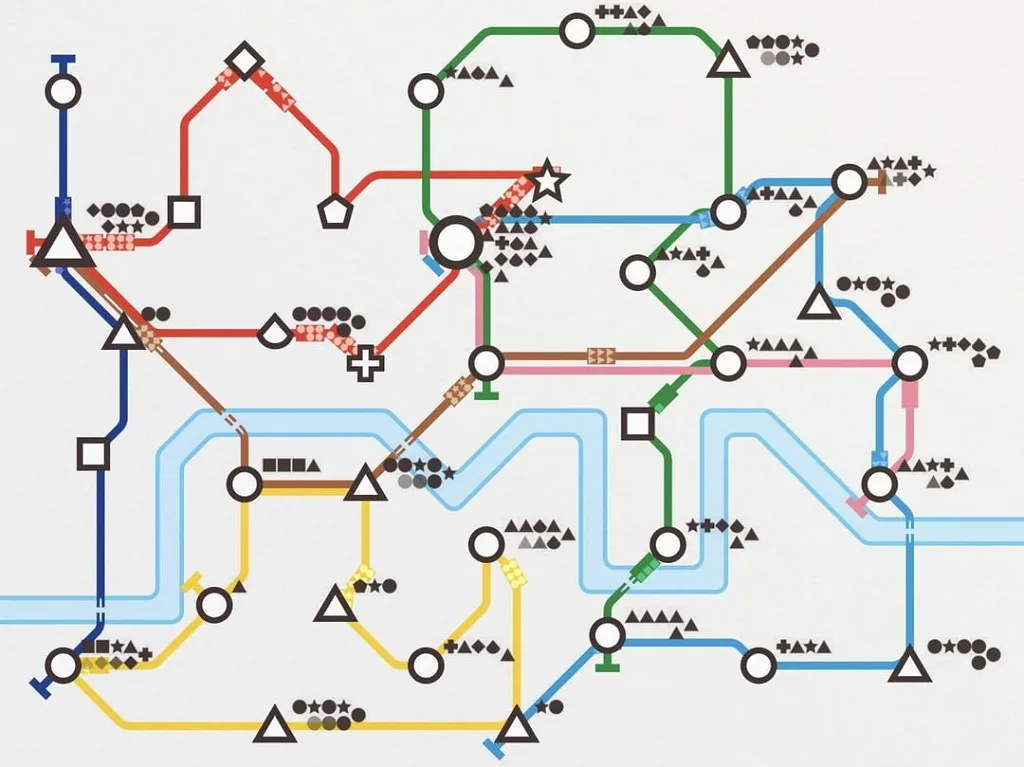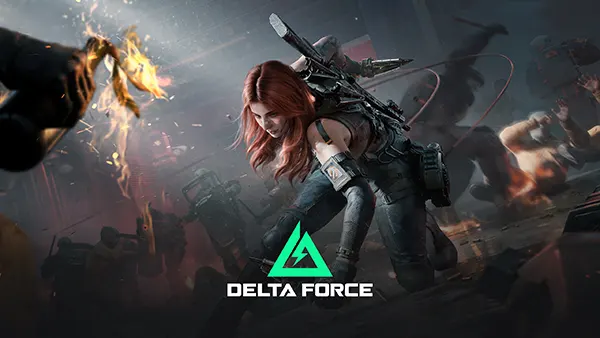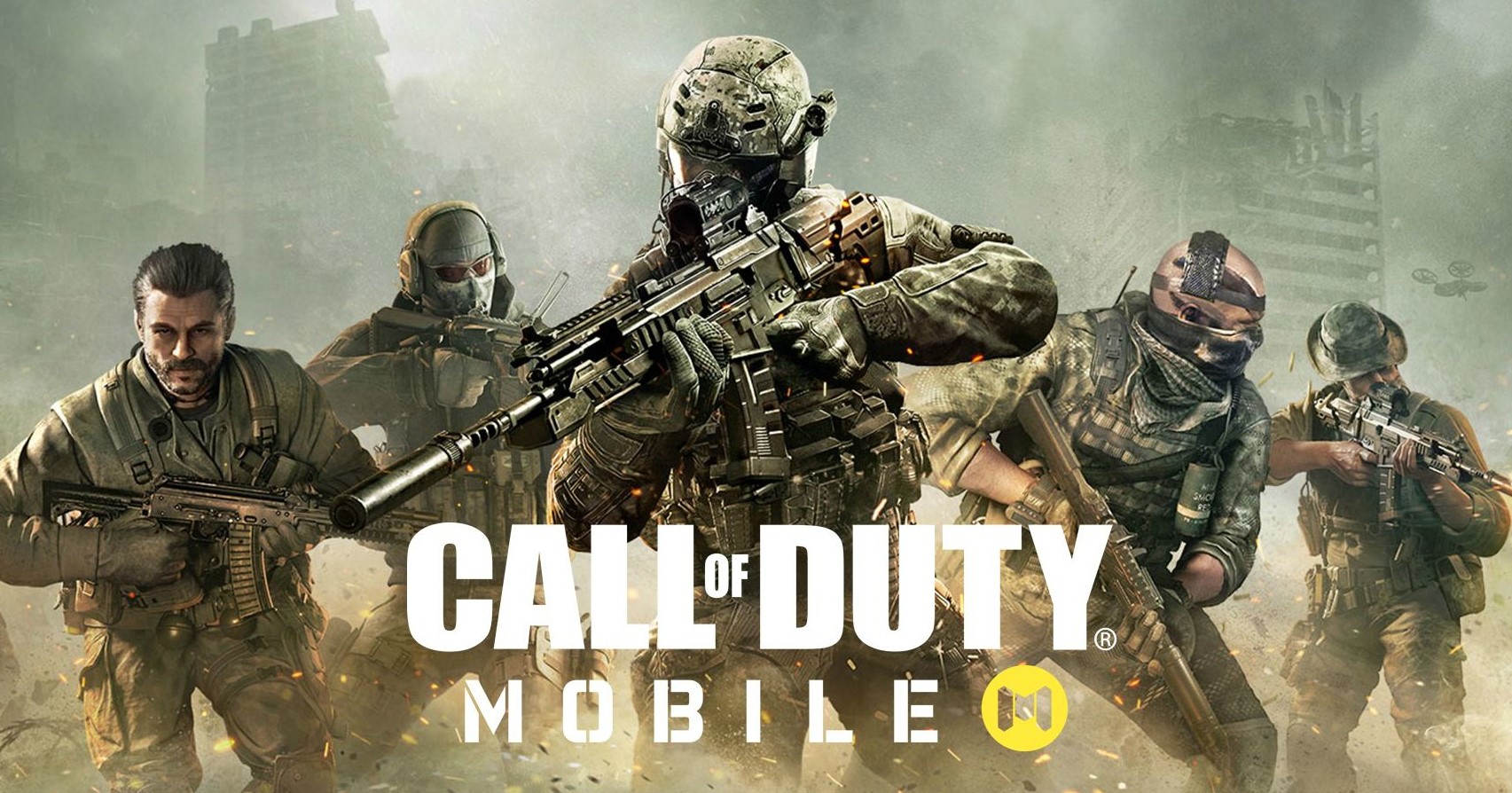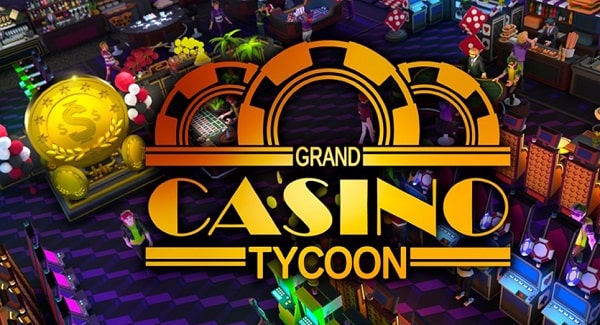
Mini Metro: An Innovative Approach to Mobile Gaming
Released in 2013 by indie developer Dinosaur Polo Club, Mini Metro introduces a novel concept in the mobile gaming world. At its core, it is a strategy simulation game that challenges players to design and manage an expanding metro system. The game starts simply, with three stations and a single line, and gradually increases in complexity as new stations pop up and demand grows. Players must efficiently connect these stations with metro lines, managing limited resources like trains and tracks to ensure a smooth transit system.
The development of Mini Metro was focused on minimalist design and intuitive gameplay, which has allowed players of all ages to easily engage with the game. Over the years, its developer has released various updates and expansions, refining gameplay mechanics and adding new cities and challenges. This ongoing development has kept the game fresh and interesting, maintaining a loyal player base and attracting new gamers interested in puzzle and strategy games.
The Essence of Gameplay in Mini Metro
Mini Metro’s gameplay is deceptively simple yet deeply strategic. Players are presented with a blank city map, starting with three station icons representing different subway lines. As the city grows, more stations randomly appear, and players must draw lines to connect these stations, creating efficient routes. The challenge lies in the limited resources; players have only so many lines, trains, and tunnels, which must be allocated wisely to avoid overcrowding and service delays.
Every game week, players receive new resources and must decide how to expand their network to meet increasing demand. The game ends when any station becomes too overcrowded, signaling management failure. This plot structure not only simulates the pressures of urban planning and management but also provides a meditative puzzle-solving experience through its rhythmic expansion of metro lines across the evolving cityscape.
Gameplay Dynamics and Strategies
Success in Mini Metro requires a blend of strategic planning and adaptability. Here are a few tips to enhance your gameplay experience:
- Keep It Simple: Start with direct lines and minimal transfers. As the city expands, consider creating intersecting lines that facilitate easy transfers without overcrowding any single line.
- Monitor and Adapt: Regularly review your lines. If a station consistently gets overcrowded, it might be time to reroute some lines or add more trains to that route.
- Utilize Special Resources: Occasionally, you’ll get access to special resources like extra trains or tunnels. Use these wisely to alleviate crowded areas or to connect distant parts of the city more effectively.
- Plan for Expansion: Always leave room for growth. Avoid tightly packed lines in the city center, which can become difficult to modify as the game progresses.
Player Reception and Impact
Mini Metro has been highly praised for its clean, minimalist graphics and its compelling, thoughtful gameplay. Reviewers and players alike have lauded the game for its educational value in teaching basic principles of transit system design and urban planning. It has also been recognized in various gaming communities and awards for its innovative approach to simulation and strategy games.
The game’s ability to blend simple visual elements with complex strategic demands creates a deeply engaging experience. Players often report that the game is both relaxing and mentally stimulating, providing a rare balance that appeals to a broad audience.
Moreover, the procedural generation of cities ensures that no two games are the same, offering high replayability value. This aspect has helped Mini Metro maintain a strong presence on various mobile platforms, continually attracting new players.
Anticipating Future Developments
As of now, the developers at Dinosaur Polo Club have not confirmed a direct sequel to Mini Metro. However, the game’s success has led to the release of Mini Motorways, a similar strategy game focused on road traffic management. Fans of Mini Metro have expressed interest in a sequel that might explore even more complex and varied cityscapes or introduce multiplayer capabilities.
Given the game’s enduring popularity and the developer’s commitment to quality and innovation, it’s reasonable to hope for future expansions or even a new game in the series that builds on the principles Mini Metro introduced. Such developments would undoubtedly be eagerly awaited by the community.
-
 Delta Force (2025) on Android / iOS — A New Standard of Mobile Shoo...
Delta Force (2025) on Android / iOS — A New Standard of Mobile Shoo...In 2025, mobile shooters continue to dominate app stores, with …
-
 Call of Duty: Mobile – The Ultimate Mobile Gaming Experience
Call of Duty: Mobile – The Ultimate Mobile Gaming ExperienceCall of Duty: Mobile is a revolutionary entry in the …
-
 Casino Simulators: The Rise of Grand Casino Tycoon
Casino Simulators: The Rise of Grand Casino TycoonIn today’s digital age, gaming enthusiasts don’t just want to …
